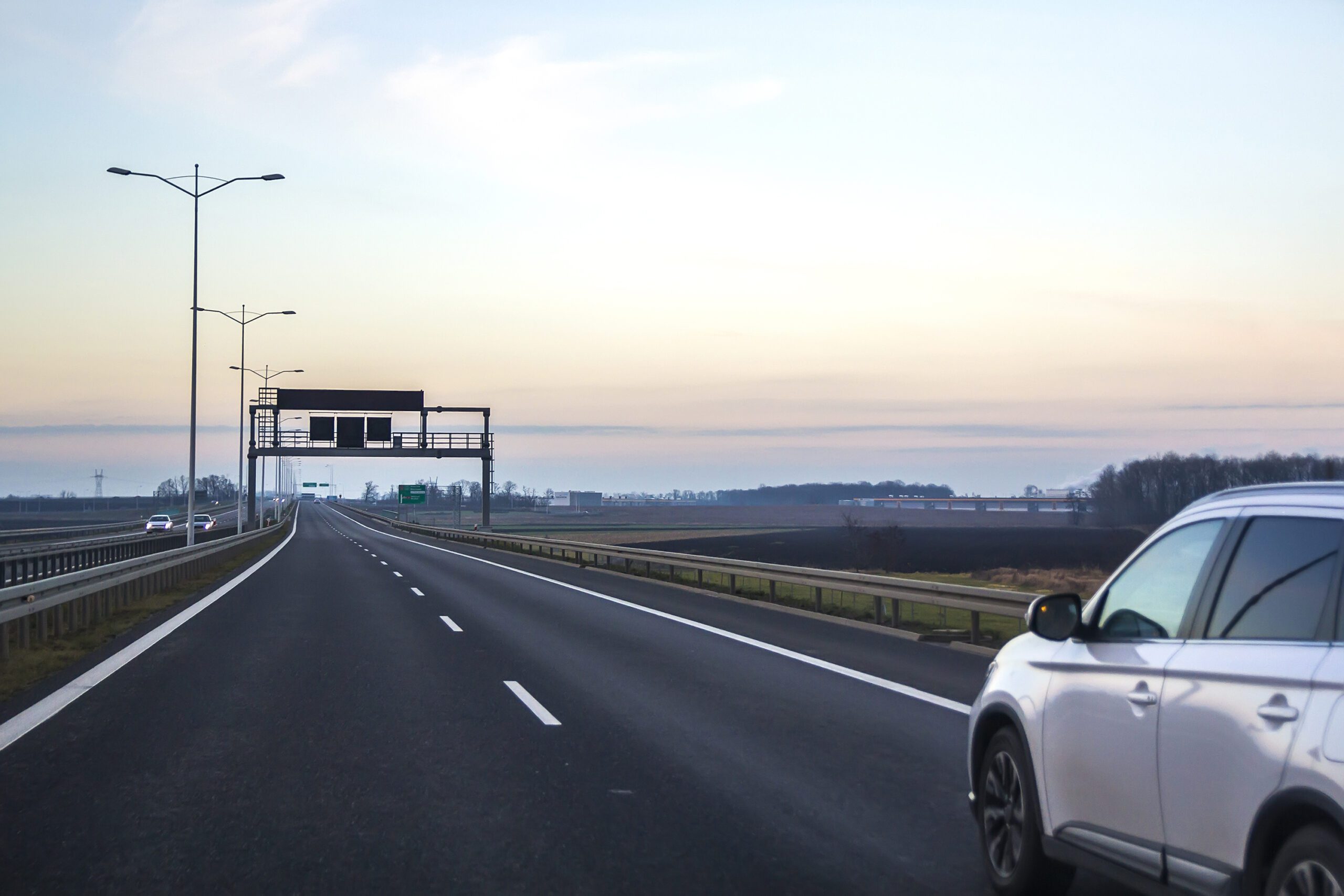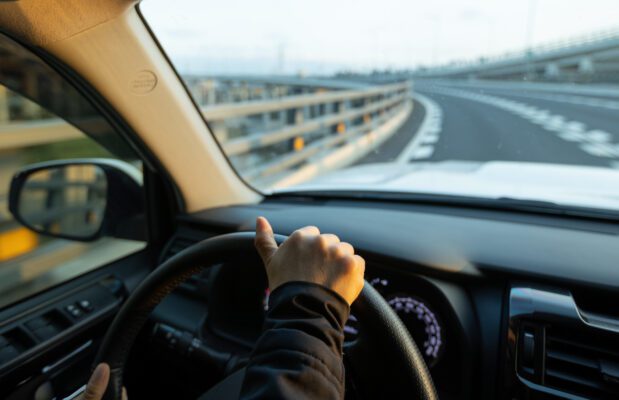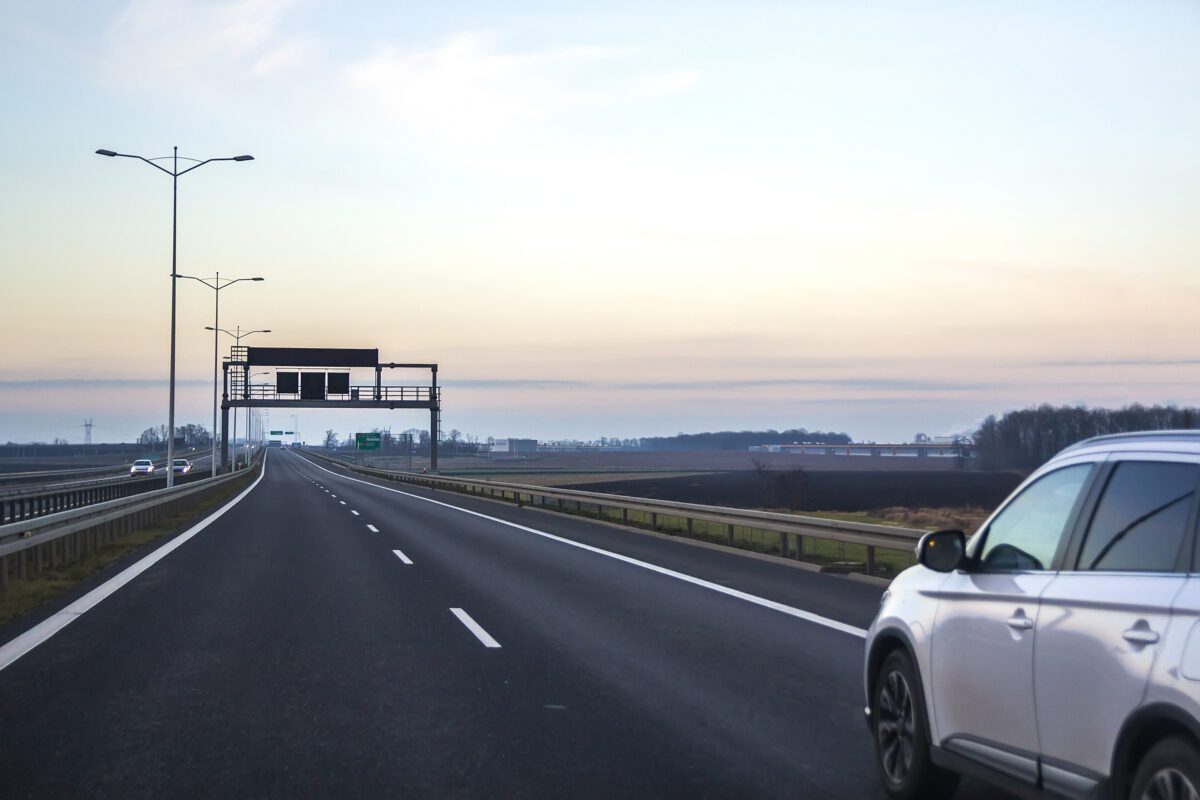Blog, counselor, Recommended speed
Recommended speed in Germany on the motorway
Anyone driving their car on German roads must stick to set speeds . There are many rules and maximum speed limits that apply to road users and should not be exceeded. On motorways and motorway-like roads, driving at the recommended speed is recommended; the recommended speed for the German motorway is 130 km/h . The terms recommended and maximum speed always cause confusion, but there are clear limits.
Abroad, German motorways are considered a paradise, a free pass to speed, but even if there is no general speed limit, road users have to adhere to fixed rules.
This means the recommended speed on the highway
The term maximum speed describes a maximum value that a vehicle can reach; these are clearly defined by the traffic regulations or by their signs on the road. If there are no signs visible on motorways or motorway-like roads, the recommended speed applies .

Traffic signs indicating the recommended speed can be found on the motorway itself. The recommended speed therefore applies on motorways and on roads outside built-up areas. It applies outside closed lanes for one direction that are additionally separated by a central reservation or other structural facilities, streets that are marked by a lane boundary or by guidelines, according to sign 340.
There are clear regulations for cars and motorcycles on motorways , even if a traffic sign is not always visible. There are no general maximum speed limits on the motorway, only guideline values.
In this case, safety is the responsibility of the road user themselves; they must correctly assess the characteristics of the vehicle and load and adapt their driving behavior. Other factors for a safe journey include consideration of visibility and weather conditions as well as the personal abilities and characteristics of the road users. The permissible total weight of passenger cars and the road conditions also play a role. The recommended speed only applies in optimal conditions, otherwise the pace must be adjusted to the conditions .
Where and to whom does the recommended speed apply?
The recommended speed applies to cars or other motor vehicles with a permissible total mass of up to 3.5 tonnes . At a border crossing, road users are informed of the recommended speed of 130 km/h on German motorways using traffic sign 393. Even if there is no speed limit for drivers, the recommended speed applies to every motor vehicle .
What happens if the speed limit in Germany is ignored?
For motor vehicles, there is actually no offense if the speed limit is exceeded . In this case, no fines will be due as long as no one is injured. However, by exceeding the recommended speed, the risk of an accident increases rapidly; in the event of an accident, the driver can be accused of negligence.
If an incident occurs when the recommended speed is exceeded outside of town and would not have occurred if the recommended speed had been adhered to, the driver must expect liability. Here the driver must assume joint liability of at least twenty percent .
Recommended speed of 130 km/h – more than just a recommendation
The recommended speed of 130 on German motorways is officially a recommendation and not a permitted maximum speed. Anyone who exceeds the recommended speed must always remember that other road users are not prepared for this driving style. The prescribed speed limit applies to cars and motorcycles.
Signage on highways
On some motorways, road users are reminded of the recommended speed of 130 km/h. In principle, however, signage is unnecessary as it is valid for cars and other motor vehicles up to 3.5 tonnes even without traffic signs. With the help of traffic signs 380 and 381, there were some sections of route in Germany where a lower recommended speed was set for traffic. These were deleted without replacement a few years ago.]

Abolition of the recommended speed
The topic of the recommended speed limits the minds of German drivers, and the debate about abolishing it regularly boils up again. Proponents are calling for a general speed limit and thus an abolition of the recommended speed . This demand is argued to improve general road safety; the number of accidents and fatalities should fall drastically once the regulation is abolished. Another point is an improvement in the climate , as high speeds are always accompanied by increased Co2 emissions. In addition, such a regulation should improve traffic flow and prevent possible traffic jams, which are also harmful to the climate. Opponents of this plan fear, above all, restrictions on their lives and freedom.
In general, it can be said that a speed limit on German motorways would increase traffic safety . This would also reduce the impact on the environment; Co2 savings are expected to be around 2.6 million tons. This debate has been dormant again since 2019, so that the recommended speed is not expected to be abolished; there are currently no plans to change the law.
Disregarding the recommended speed
Since an accident involving excessive speed can result in joint liability, every driver must weigh up their driving style and speed themselves. Even if the driver finds himself in such a situation through no fault of his own, he is proportionately liable for the damage caused by disregarding the recommended highway speed limit .
Exceeding the maximum speed
However, anyone who ignores the maximum permitted speed on a route is always committing an administrative offense and in this case has to expect a fine or even points in Flensburg. In some sections, the usual speed limit on motorways does not apply, but rather a set speed limit , which is then marked by traffic signs.
Recommended speed abroad and in Europe
In other European countries there is no recommended speed limit; speeds on motorways and motorway-like roads are clearly regulated with speed limits. In other countries, the speed outside of town and on expressways is also clearly recorded by appropriate signage. In contrast to German law, other countries, such as Italy, France and Croatia, provide for special regulations for novice drivers and young drivers . In France, new drivers have to adhere to lower limits for the first three years. In Italy there is a general maximum speed of 100 km/h on motorways and 90 km/h on expressways within the first three years. All drivers in Croatia who have not yet reached the age of 25 are allowed to drive at a maximum speed of 120 km/h on motorways, 50 km/h outside of urban areas and a limit of 100 km/h on expressways.
Another way to increase driving safety for new drivers is to use a GPS tracker for cars and cars . In the event of an accident, the tracker can transmit position data quickly and precisely to the rescue services.


